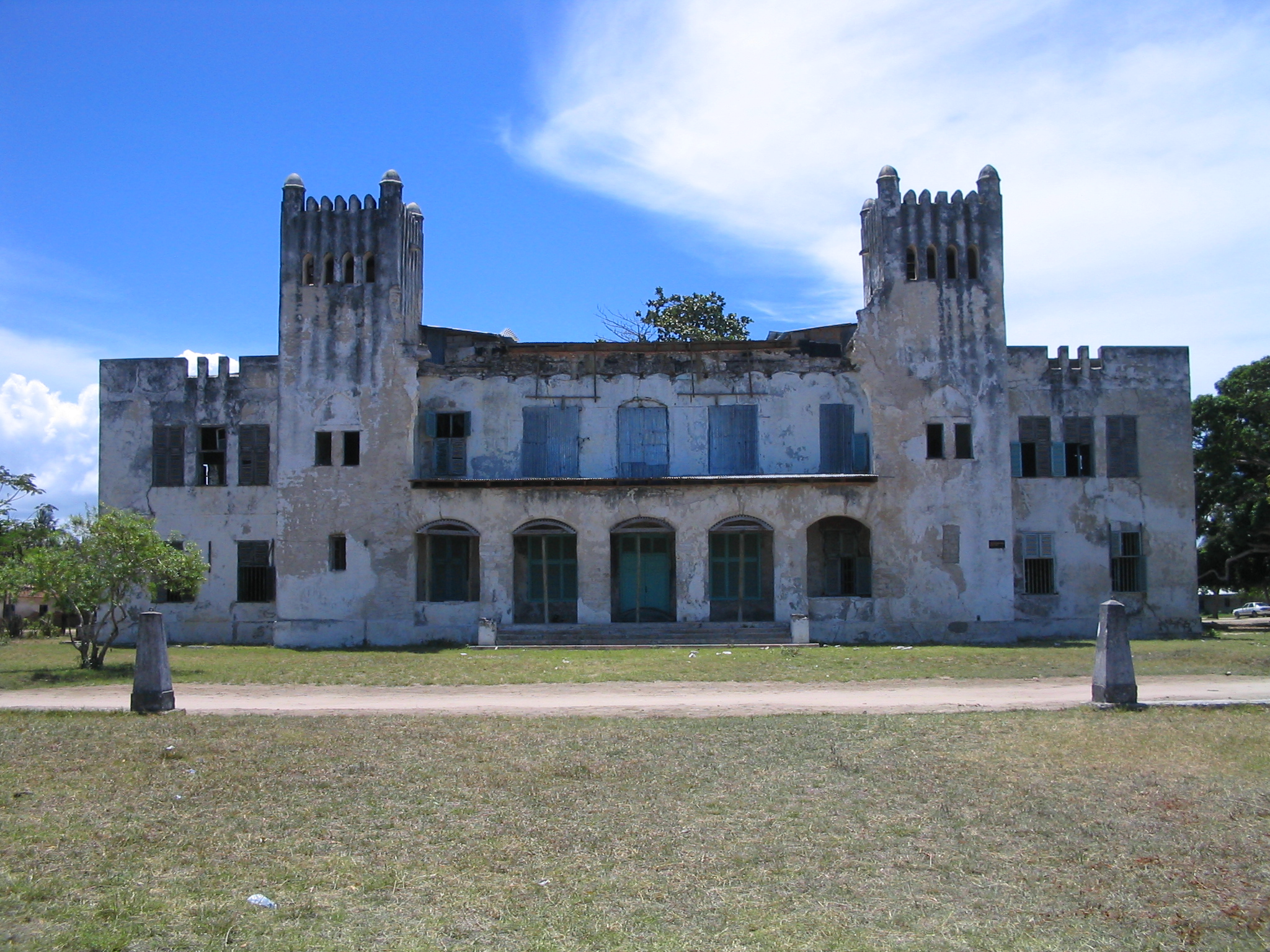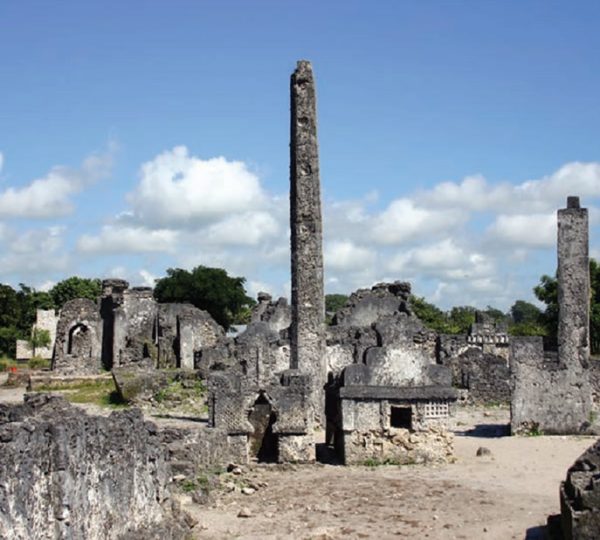The Secrets of Bagamoyo: From Slave Trade Hub to Cultural Treasure of Tanzania

The Secrets of Bagamoyo: From Slave Trade Hub to Cultural Treasure of Tanzania
Overview of Bagamoyo
Bagamoyo is a historic coastal town located along the Indian Ocean in Tanzania, officially established at the end of the 18th century. With the arrival of Arab settlers, it evolved into a significant trading center. During the German colonial period, Bagamoyo served as the administrative center for their East African colonies. After World War I, British forces took control, leading to a gradual decline in the town’s prominence as a trading hub. Today, Bagamoyo is the capital of the district of the same name in the Pwani region, recognized as a peaceful town and a UNESCO World Heritage Site, rich in cultural and architectural heritage.
Historical Background of Bagamoyo
Bagamoyo developed on the site of the ancient Swahili settlement of Kaole, which dates back to the 8th century. In the 8th and 9th centuries, Arab settlers known as “Shirazi” began to inhabit the area. At this time, the population primarily consisted of local farmers and fishermen, with trade focused on fish, salt, and gum, making it a relatively unremarkable port village.
The town’s significance grew in the 14th century when Shirazi refugees fled to the East African coast to escape the Mongol invasion of their homeland. However, it was not until the 18th century that Bagamoyo became a crucial center for trade, particularly as the endpoint for caravans transporting slaves from the interior regions. Wealthy Muslim families settled in the area, establishing tax systems and trading salt sourced from the nearby Nunge coast.
The name “Bagamoyo” has several interpretations in Swahili. One theory suggests it means “Lay down your heart,” symbolizing the slaves who would never return to their homeland. Another interpretation is “Give yourself rest,” referring to the town as a resting place for weary porters and caravans after their long journeys.
In the 19th century, the Germans colonized the region and made Bagamoyo their capital, using it as an administrative center for their East African territories. However, due to the shallow port, the administration was relocated to Dar es Salaam after just two years.
Following World War I, the British took control, and Bagamoyo gradually lost its status as a trade and administrative center. The town reverted to being inhabited by fishermen and small traders, with many colonial buildings falling into disrepair.
Once a vital trading port on the East African coast, Bagamoyo was the final stop for slave and ivory caravans that had traveled on foot from Lake Tanganyika. From here, goods were shipped to Zanzibar and then distributed worldwide. Today, Bagamoyo is a tranquil town with a unique history, featuring a few remnants of its German colonial past.
Getting to Bagamoyo
Bagamoyo is situated 75 km (approximately 47 miles) north of Dar es Salaam, along the Zanzibar Channel, directly across from the island of Zanzibar. Buses run several times a day from Dar es Salaam’s central bus station, or you can opt for a taxi. Travel time by car can vary from one to three hours, depending on traffic conditions.
Numerous international airlines operate flights to Dar es Salaam, including Air Tanzania, Kenya Airways, flydubai, Emirates, Turkish Airlines, American Airlines, Air India, British Airways, Air Canada, Japan Airlines, and Air France. The main airport in Dar es Salaam is Julius Nyerere International Airport (DAR/HTDA).
Historical Heritage of Bagamoyo
Bagamoyo’s colonial history has left a lasting impact on its architecture, with several historical monuments still standing, providing a glimpse into East Africa’s past.
Kaole Ruins
The village of Kaole, also known as Pumbuji, is one of the oldest sites in the region. Following the Mongol invasion of Shiraz in the 13th century, many Arab immigrants fled to the East African coast. The Kaole Ruins, located about 5 km (3 miles) east of Stone Town, serve as a reminder of this history.

The oldest structure at this site is a 13th-century Islamic mosque, believed to be the first mosque on the East African mainland, built by the Shirazi settlers. The site also contains ancient graves, including two large tombstones with Quranic inscriptions from the 14th century. Among these is the famous “Grave of Love,” which belongs to a couple who drowned during a shipwreck while traveling from Zanzibar to Bagamoyo. Another notable tombstone, known as the “Holy Grave,” is surrounded by legends, with the belief that wishes made here will come true if a sacrifice is offered.
The local museum provides insights into the city’s history, particularly its role in the slave trade. Housed in a former guesthouse for slave and ivory traders from the 19th century, the museum showcases a blend of Islamic and East African architectural styles. Built in the 1860s by Arab merchant Said Magran Awadh, the two-story structure features ancient coins and ceramics that have survived through the centuries, along with other artifacts that reflect the challenging era of Arab dominance and the slave trade.
Old Fort
Constructed in 1856, the Old Fort was initially part of a military fortification and later came under the ownership of a prominent Indian merchant in 1890. In 1894, it was leased to the German colonial administration for use as a garrison. After World War I, the British repurposed the fort as a prison, and it continued to serve as a police station until 1992. Today, the Old Fort is home to the headquarters and training center of the Department of Antiquities.
Boma
Built between 1895 and 1897, Boma served as the residence for the German district administration. This monumental two-story building featured spacious conference rooms and various facilities. After independence, it continued to function as the Bagamoyo district administration until local authorities vacated it due to its deteriorating condition. Following a heavy rainstorm in 1998 that caused significant damage, the building underwent restoration from 2009 to 2016 but currently stands empty, with its future uncertain.
Old Market
The site of the former local slave market, the Old Market is rumored to have had an underground tunnel used to transport slaves to Zanzibar during high tide, although no evidence of such a passage has been found. Today, it hosts an art market supported by the Bagamoyo Arts and Cultural Institute, where visitors can purchase local artwork, including paintings and ceramics.
Catholic Mission
Founded in 1868, the Bagamoyo Catholic Mission was established with land donated by Muslims under Sultan Majid. The mission was home to the oldest Catholic church in East and Central Africa, which has since been demolished, leaving only a memorial tower. This site is historically significant as it housed the body of David Livingstone before it was sent to Great Britain for burial. The mission grounds include a large Catholic church built between 1910 and 1915, featuring altar paintings that depict scenes from the history of slavery, along with a cemetery and pilgrimage chapel.
Each year, thousands of Catholics from across Tanzania make a pilgrimage to the mission via Mango Avenue, a symbolic monument representing the struggle against slavery. This avenue was constructed in 1870 by freed former slaves.
Cultural Festival
Bagamoyo hosts a prominent seven-day arts festival annually, typically in October or November. This vibrant event showcases music, dance, theater, acrobatics, and art exhibitions, attracting creative groups from Tanzania, other African nations, and Europe. Established in 1982, the festival has grown to become an important international arts event.
Unique Attractions
An interesting local attraction is an old baobab tree that served as an observation post for German soldiers. Located near the Institute of Arts and Culture, the tree still has iron steps leading to a viewing platform at its top.
Accommodation Options in Bagamoyo
- Lazy Lagoon Island Lodge: A hotel complex featuring Tanzanian-style bungalows with air conditioning and a private beach, offering various water sports and activities.
- Firefly: A resort in a restored 1850s building, known for its authentic design and environmental initiatives, including beach clean-ups.
- Travellers Lodge: A complex with beach and garden bungalows, surrounded by a palm garden and offering a beautiful beach view.
- Bomani Beach Bungalows: Managed by a Norwegian company, this resort offers ocean-view accommodations and a private beach.
- Oceanic Bay Hotel & Resort: A large hotel with extensive amenities, including a swimming pool, conference halls, and a fitness center.
Bagamoyo’s rich history and cultural significance make it a unique destination in Tanzania, blending its past as a center of the slave trade with its current status as a cultural gem.




